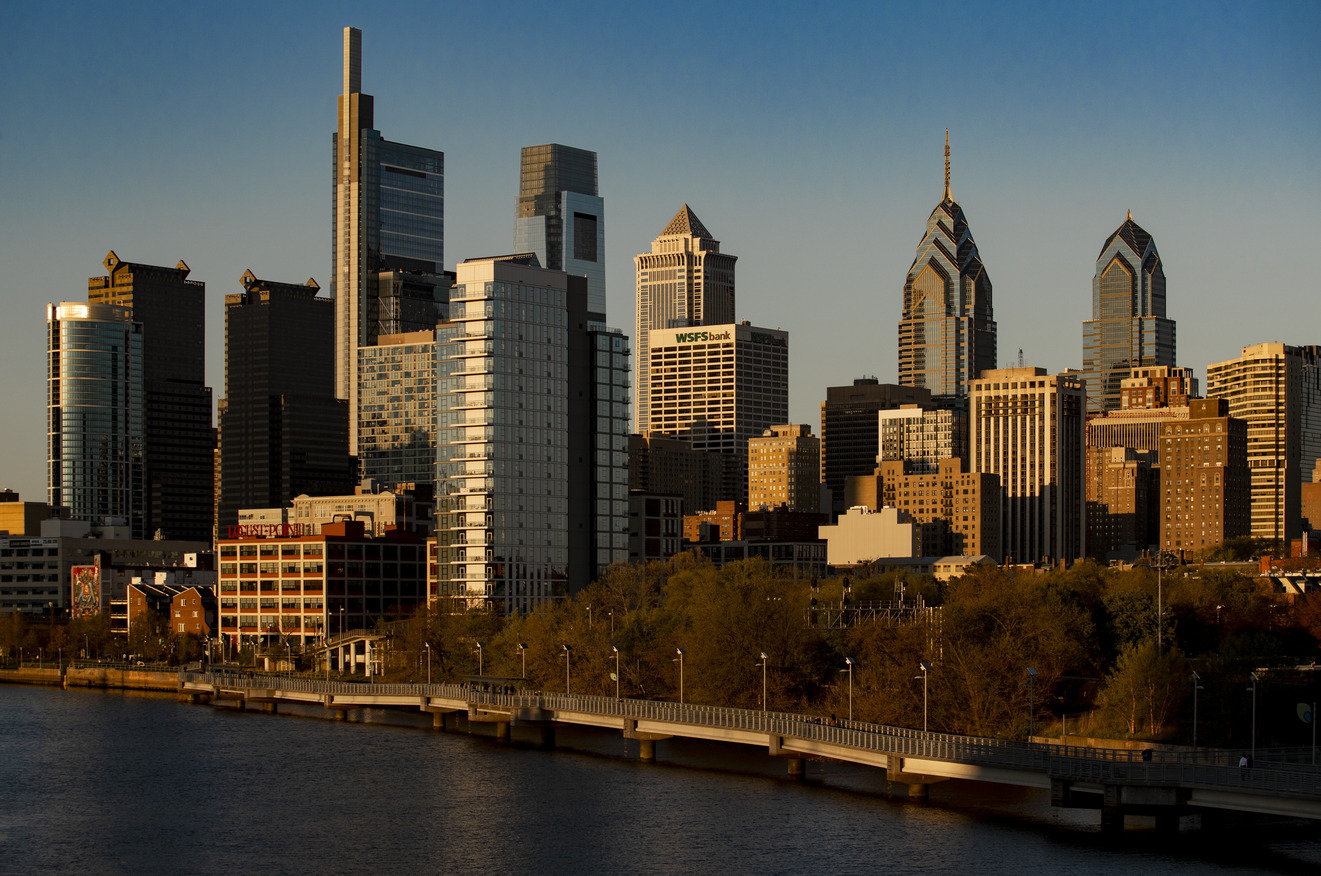Let’s reimagine the future of retail.
Faculty Face-Off is a series in which two faculty members of the Fox School take opposite viewpoints on a particular issue. In this edition, the Fox Focus editorial team asks the experts to reimagine the future of retail. Professors Mike Valenza and Will Bunting discuss whether or not local governments can—or should—solve lagging retail corridors.
Who knows what is the best business for a neighborhood? In 1916, New York City shopkeepers thought they did—so they convinced the local governments to create one of America’s first zoning laws. According to Seymour Toll, a West Philadelphia native and author of the book “Zoned American,” zoning codes originally acted as a way to keep ‘unwanted’ retailers out of the upscale Fifth Avenue shopping district.
Now, over a century later, zoning codes have spread across the country, dictating the different uses that a particular building or district can have.
“What we’ve done is, we’ve locked ourselves into certain types of building uses,” says Mike Valenza, associate professor of legal studies. “And part of the problem now is that we may need to reimagine how we live and do business.”
What’s good for a neighborhood?
Zoning boards are based in each municipality, be it in the City of Philadelphia or Cheltenham Township, with the intent of serving their communities. For example, they might be what stops an adult entertainment store from opening next to a Trader Joe’s.
But if an Acme wants to open down the street? Will Bunting, research assistant professor of legal studies, saw something similar happening in his own neighborhood in South Street. He questions why a board would stop it.
“If you assume that the neighborhood would benefit from having another option, the question then becomes, to what extent are people using zoning to produce these anti-competitive outcomes?”
Valenza disagrees with that premise a bit, saying that voters put pressure on the boards and advocate for their own desires. “When there are hearings before local township boards, the politicians and supervisors are going to be guided by what the community actually wants. Whether good or bad, they’re going to be guided in their decision by that pressure.”
So who exactly is best positioned to know what businesses will succeed in a neighborhood? Is it the community members’ responsibility to advocate for what they want? Is it the job of the zoning board or the landlord? Or is it the tenant, who did the market research on the location and why they want it?
Bunting and Valenza answer simultaneously: “Everyone” and “No one,” respectively.
Can—or should—local government solve this?
Bunting found the inspiration for his research in his own backyard. He’s invested in his South Street neighborhood and wants to see it succeed and grow—and thinks focusing on the local customers plays a key role.
If a retail district loses its local, consistent customers, a shop might go out of business—which happened to thousands of locations in Philadelphia since the beginning of the pandemic, according to research from Yelp. And Bunting’s study on vacancy traps shows that one empty storefront can act as a domino effect, leading to others.

How can local governments play a role in preventing or counteracting vacancy traps? The two researchers shared numerous ideas. They agree on some and disagree on others.
Code enforcement was one avenue. Part of the problem of a vacancy trap is that few businesses want to move next door to an empty, run-down building. Rules and building codes could extend beyond the structural, electrical and fire hazards, and encourage landlords to ensure that the exterior is maintained to be attractive to future tenants.
Tax burdens and incentives were another, although with its own slew of potential traps. If there’s a tax imposed on vacant properties, that might incentivize landlords to rent out their retail spaces. Yet while some landlords are actively hunting for tenants, others don’t mind the wait. The financial burden becomes more uneven as smaller local landlords pay fines and big developers use empty buildings as bank accounts.
Changing commercial lease agreements could also have an impact. Commercial leases could make percentage rent provisions more standard. This means that a portion of a tenant’s sales goes to the landlord.
“When the business is doing well, the landlord is doing well. In an increasingly risky world, that type of agreement might be more useful,” Bunting says. “Having their interests more aligned might help.”
All this comes with a big caveat from Bunting. “I don’t know to what extent I want the government to actually solve this issue,” he says. “Ultimately, it is a decision between the landlord and the tenant.”
So how can we reimagine the future of retail?
One large problem with the current imagining of retail is just that—it’s large.
“These giant 30,000-square foot retail locations, those are the worst in terms of competing with Amazon,” says Bunting. When those stores leave the retail corridor, they leave behind enormous footprints that need to be filled.
The future of retail could be smaller, more local places. Personal services might also be the key to longevity in an uncertain future.
“Any enterprise where there is a personal interface required is going to be successful,” concludes Valenza, who had originally taken a more pessimistic outlook to whether storefronts could be filled the way that had been thirty or forty years ago. “Restaurants, hairstylists, barbers, nail salons, coffee shops, bakeries, doctors and dentists; these are the uses that are not going to go away.
“I can buy a pair of socks online rather than go to a clothing store,” he continues. “But if I need a haircut, I’m going to go to the barbershop.”
Bunting had a similar, although less commercial, thought about the future. “One of the nice things about having a coffee shop or a restaurant is that you’re around people,” he says. “People don’t interact with each other anymore, so I have become very interested in the idea of community spaces and centers.”
“But,” says Valenza, “Somebody’s got to pay for it.”
Both agreed that all parties—landlords, tenants, zoning boards and neighbors—have a role to play in establishing a future of retail that brings out the best in a neighborhood. Bunting sums up the feeling.
“Ultimately, what matters most is when you’re walking down the street, do you feel like it’s got a life or do you feel like it’s dying?”




